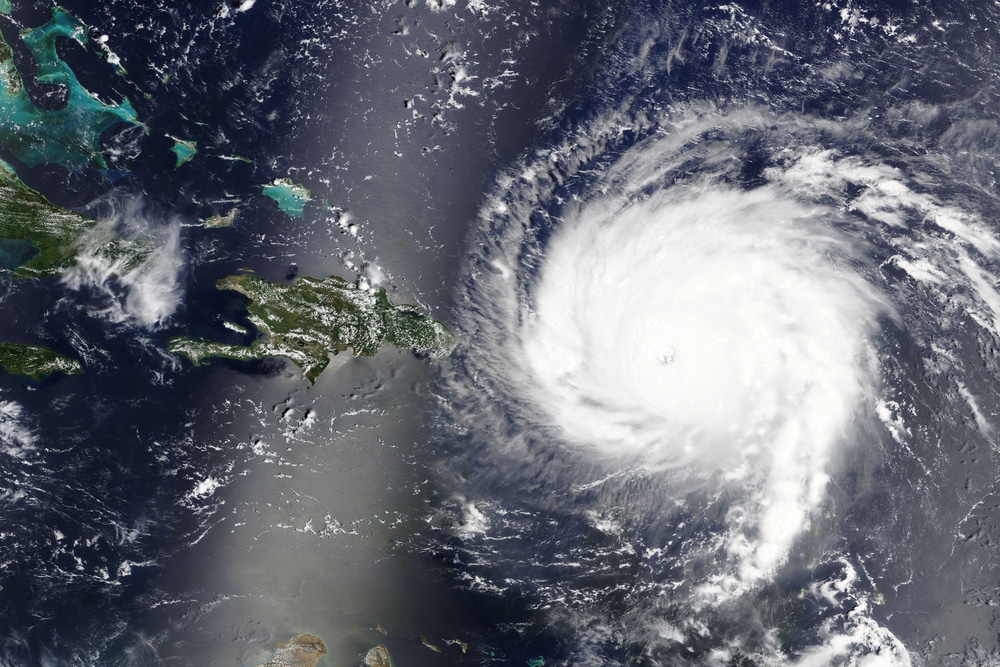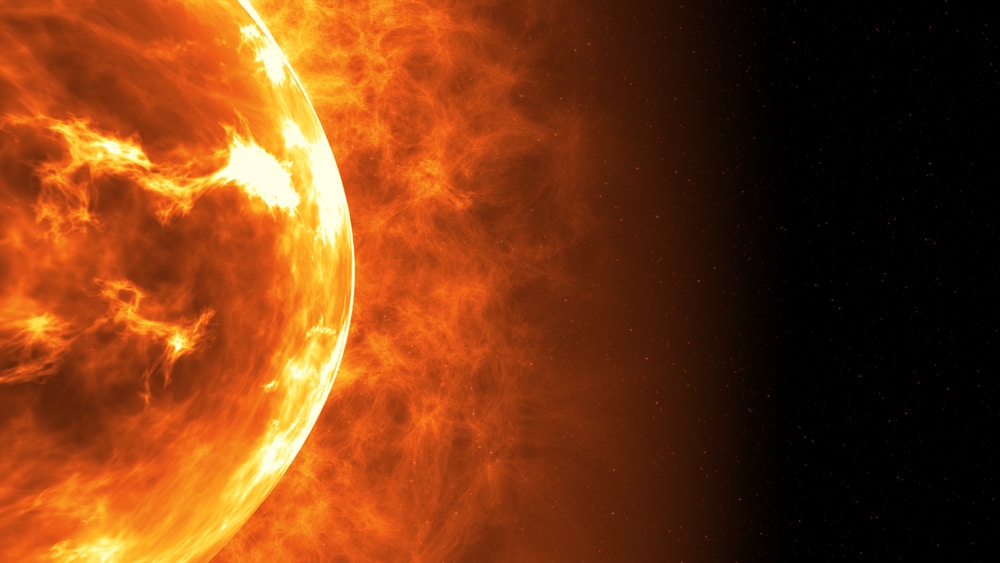A research team is now working to put a massive drill into the the Gulf of Mexico’s seafloor to help peel back 65 million years of history. Their goal: to secure a nearly mile-deep core sample from the Chicxulub crater that’s commonly linked to the end of the dinosaur era. “There’s a lot of questions about mass extinction events, including all the extinction or kill mechanisms out there,” says one of the research team’s leaders, Sean Gulick of the University of Texas, Austin.
If Gulick and his colleagues are successful, their work could bring insights into a range of topics, from prehistoric biology and planetary geology to Earth’s current era of climate change. The impact of a miles-wide asteroid and the end of the Cretaceous period were catastrophic to life on Earth, erasing more than 70 percent of the planet’s species, according to the most recent estimations. FULL REPORT

















